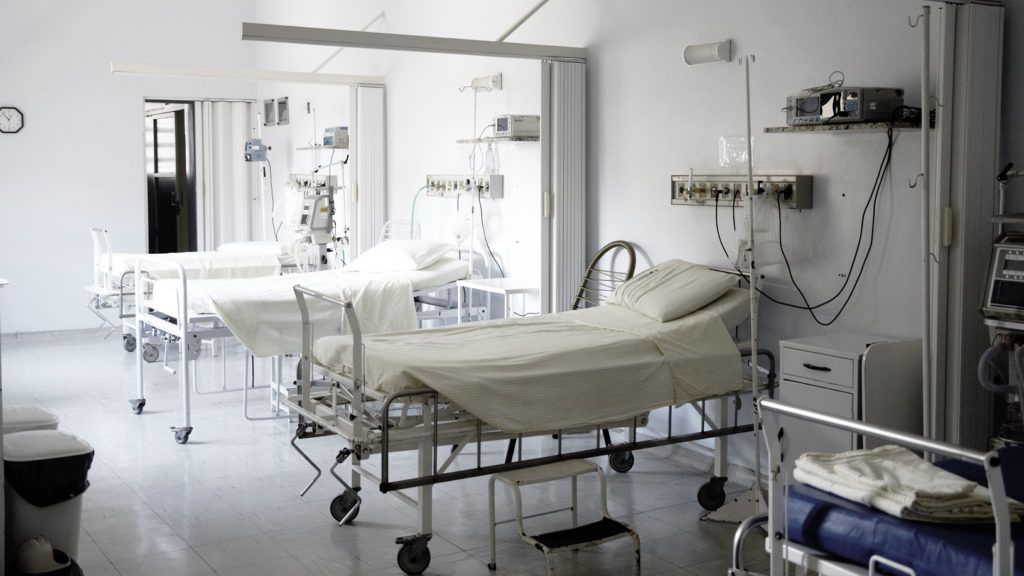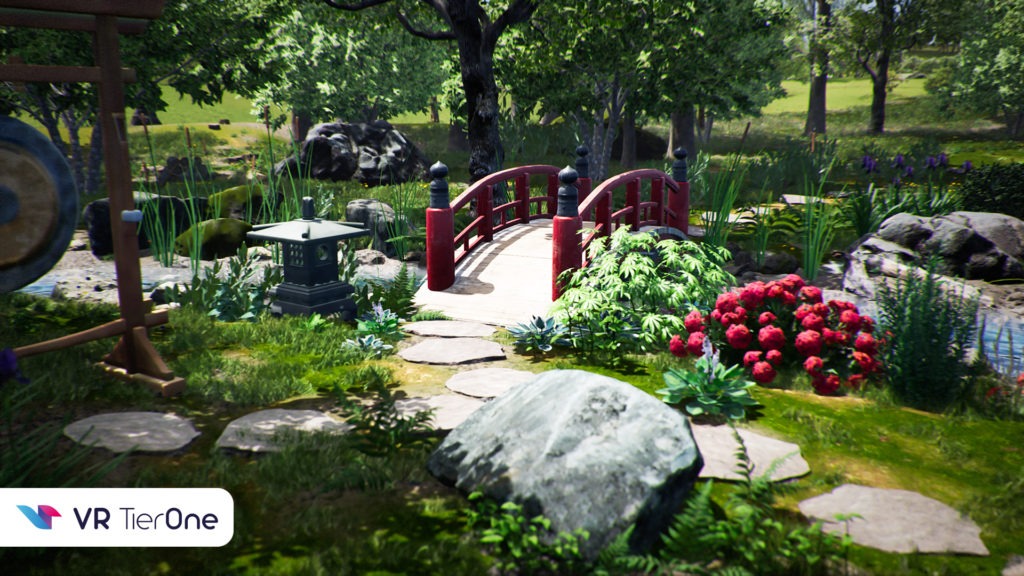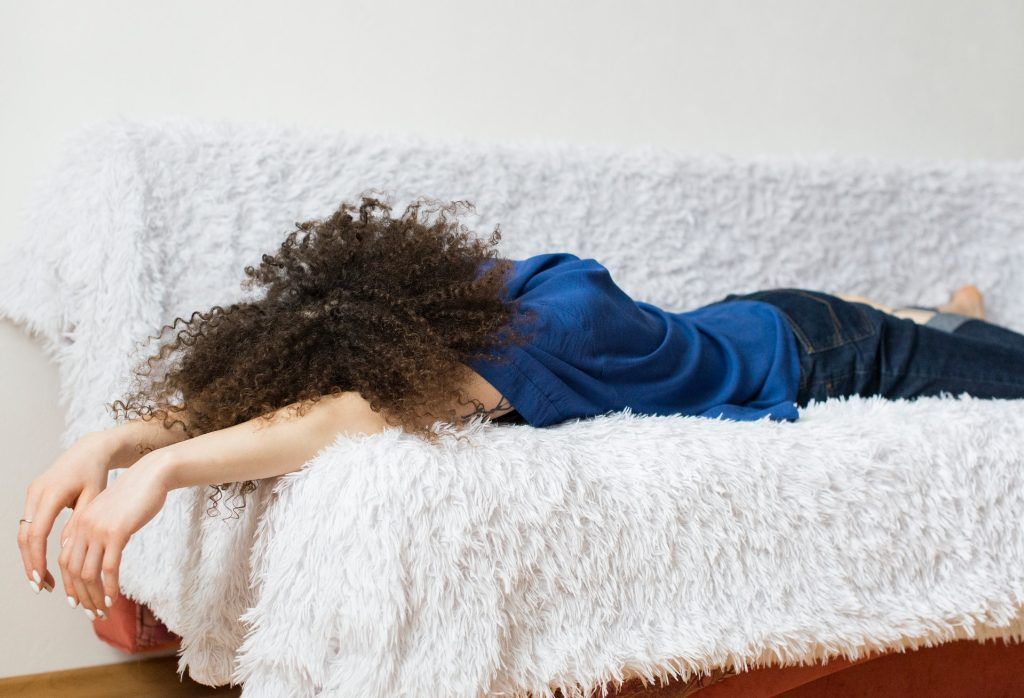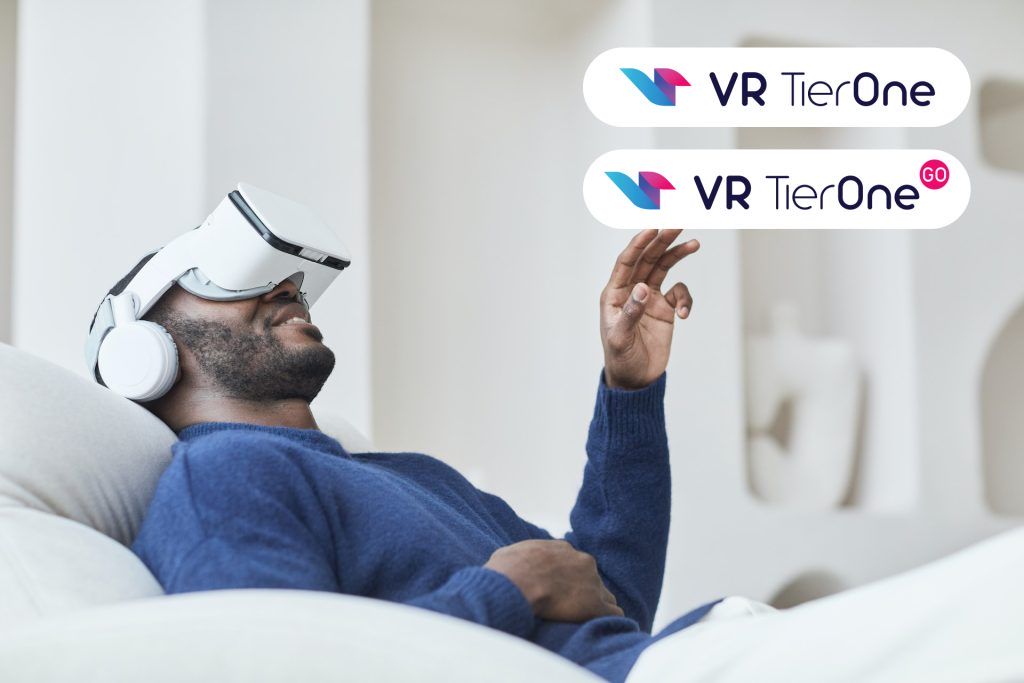The space that surrounds us influences our mental condition, shaping our mood, sense of comfort and security. Both architects and psychologists know it, but also ourselves, when we are shaping or, if necessary, changing the environment in which we live. In terms of health, we can decide about our environment and what sensory impressions we deliver to ourselves.
The situation of disease-affected people, assuming the roles of patients in a medical facility is difficult in that they frequently have to compensate their access to medical care with a decline in their comfort resulting from staying in an unfriendly space. The onset of negative mental consequences can be quite fast in case of patients devoid of ability to influence their surroundings, or positive sensory stimuli. For the patient, hospitalization means changing the place of stay and staying in an unfriendly hospital environment.
Admission to the hospital requires adaptation to new conditions. It means not only adapting to the disease situation, but also to the role of the patient and hospital conditions regulated by the internal regulations. All this makes the patient experience hospital-related stress. It is often so that in medical centres, practical considerations prevail over aesthetics: empty hospital rooms, surfaces that are easy to disinfect, specific artificial lighting, and multi-person rooms make it easier to ensure cleanliness and monitor the patients, but at the same time make it more difficult to keep them in good mental condition.
The hospital environment should be therapeutic, yet it is a source of stress. Queuing, busy medical staff, lack of information about their own health, and the lack of individualized care all put patients in constant tension. The emotional tension of patients is pictorially presented by the white coat syndrome known to doctors and patients, and manifested by an increase in blood pressure, when measured in the presence of medical personnel. Giving up white coats where possible and creating friendlier conditions offers benefits that are truly measurable.

Medical facilities are largely focused on restoring human fitness and biological functions, which, however, is not tantamount to restoring full health. The growing awareness of the society in terms of a holistic approach to health, the expectations of patients, assessment of the hospital not only in terms of the quality of medical treatment, but also the well-being during hospitalization, means that the hospitals, ever more often, ar trying to strive for the image of a professional and patient-friendly facilities. There is a greater understanding of how the human psyche is influenced by the hospital environment: the building, its surroundings, interior design and the doctor-patient relationship.

Increasing access to natural light, reducing noise, providing the patient with individualized care, surrounding the patient with music, art, using appropriate colours, textures, organizing hospital green areas and providing access to them for patients all contribute to the idea of a healing environment. Although the interest in the subject is growing and we can observe that some centres are now designed in accordance with the idea of the therapeutic environment, putting this idea into practice may be difficult not only due to economic considerations and human resources, but also due to the architecture and location of the medical facility. Reorganizing an existing hospital space can require time and financial resources. For this reason, the possible changes are limited, which means that only few patients will benefit from the new space.
In light of the difficulties faced by decision-makers in medical centres in creating a generally accessible friendly treatment space, as well as in the face of difficulties that some patients experience in moving around, turning to VR solutions proves to be an extremely good idea. This technology makes it possible to offer the patient a beneficial space that is currently unavailable for various reasons. Medical Virtual Reality provides a sense-friendly healing space in just any location, at any time, and for every patient, in line with the idea of a healing environment. The sensory stimuli provided by VR, all referring to positive memories and experiences are interpreted as extremely pleasant. Interacting with calming landscapes and sounds, completely cut off and in full immersion, distracts patients from unpleasant stimuli, soothing pain and anxiety. Immersing the patient in conditions far different from a hospital room, taking him on a journey using Virtual Reality is extremely simple and, most importantly, therapeutically effective.
The VR TierOne solution is an excellent example providing not only the possibility of creating a soothing environment in the form of a virtual garden, but also conducting therapy there for the patient’s inner harmony. Scientific research demonstrated that the use of the VR TierOne medical device reduces the level of depression and anxiety in patients by 37%, and stress by 28%.

Exposing the patients to the rendered images and sounds evokes positive emotions, and the voice of the virtual therapist gives them a sense of individual care and safety. All this makes the patients regain psychological well-being and leave the medical centre in better condition. Catalysis of recovery is by all means beneficial, so it is worth turning to VR technology to make good use of the patient’s treatment time, shorten it and make it more pleasant.






